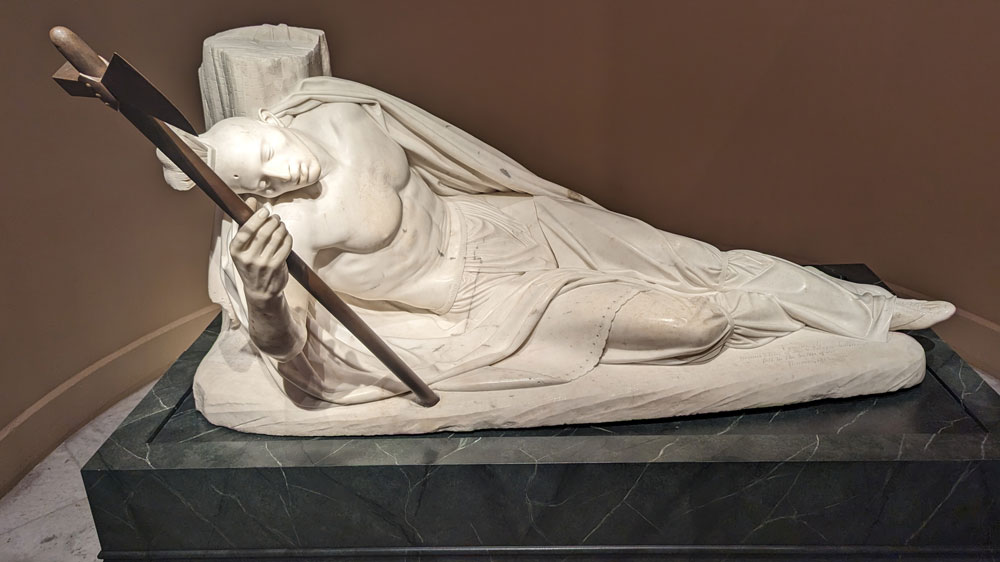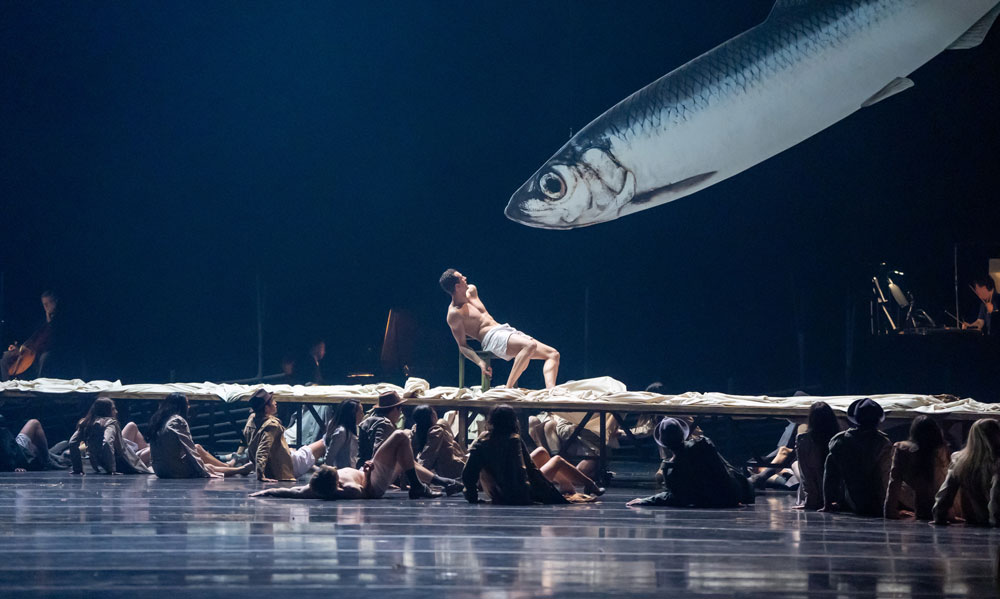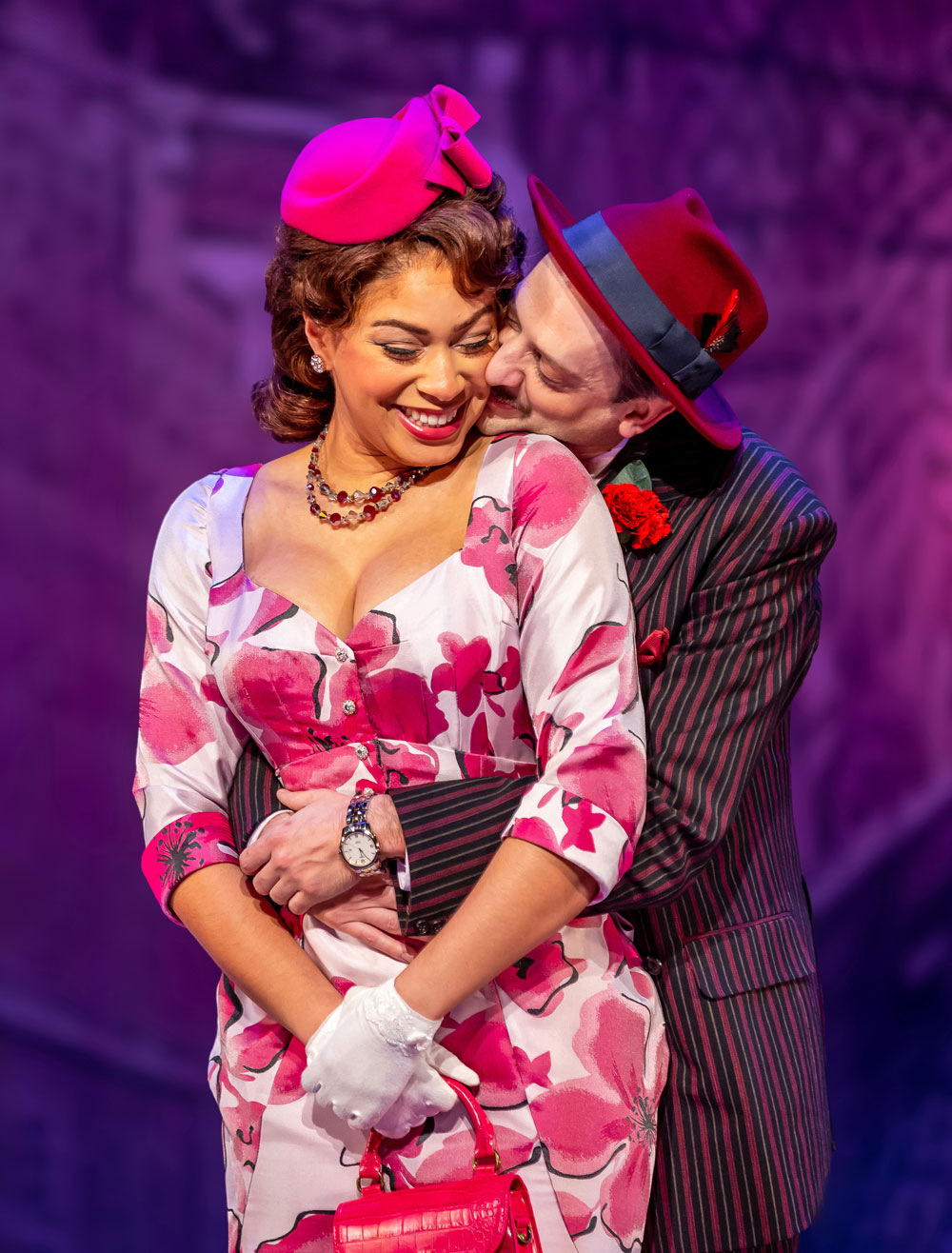
No matter how much you read about an artist or see representations of their art online or in print, you can never fully comprehend the work itself until you see it live and unfiltered. The Museum of Contemporary Art’s major exhibition of Howardena Pindell sounded extremely exciting because it promised to hold so much. Not only is Pindell an artist of color who pushes boundaries, she also creates her own artistic pathways. Not only is she immersed in the work she produces in her studio, she is very much engaged and informed by the machinations of the world. That her art and reality should mesh means only that Pindell’s art becomes more encompassing. What you may not be prepared for is the staggering beauty of her work or the laborious extremes needed to create it. Running through May, 20th, Howardena Pindell, What Remains to be Seen is a journey through the mind as much as it is a visual bonanza.

The timing of Pindell’s entrance into the art world is critical. Born in the 1943, she began flowering to maturity in the 60’s. Part of that growth included acquiring the appropriate credentials needed to establish artistic legitimacy with a degree from Yale and a lengthy stint holding a prestigious curatorial post at the Museum of Modern Art; which also marked a historical first.
All the while she was making art. During this early period, much of it was abstract, untitled and the product of an infinitely curious and flexible intellect. Much of what she produced from this period is stunning simply because her use of color is so splendid. As you move through the exhibit, you realize what an exceptional eye she has for it. Her colors, either through their depth or incredible lightness, captivate. Perhaps even beguile. For those who find representational art more accessible, the work that slides lightly into impressionism like Untitled (Baseball), 1966 and Still Life with Bananas, 1966 shows high beautifully she adapts to genre while still showcasing her gift with color representation.
By the 70’s and 80’s her art began extending into other arenas. Punching out circles of paper using a standard hole punch, she began creating not only with the holes in the paper but with the chads themselves. The resulting art took on dimension and shape. Some of it grew significantly in scale and resulted in works like Untitled #18 where glitter, paper and powder were all used to complete the piece. In some, even perfume was used to add to the sensory experience of the viewer.

The mind of an artist must be a very restless thing. Because so much of what Pindell created required extremely close work and infinitesimal precision, she would watch TV to relieve the strain she placed on her eyes. Her therapy became an inspiration for a new direction. Drawing fine markings over the surface of transparent film, she then placed the film over the TV’s screen image and took a photograph of the composite. By doing so, she not only became one of the first people to use the television as an art medium, she created an new art form that is perplexing, mysterious and fascinating. In some of these pieces a single word of text would be added that would often read as an indictment.

It was in 1980 that she produced Free, White and 21 . A short piece of video art that packs the punch of a category 5 hurricane, the film is a close up of Pindell’s face as she reviews in placid tones a cavalcade of horrific instances of racists slights she had been subjected to before she was 20. She related how a teacher once told her that although her grades were good enough to be placed in advanced studies, a white student would be given the slot because they would be able to do more with it than a black person. And of a woman hosting a wedding party in which Pindell was a member who changed the seating arrangements so that she could watch her eat. In the video, Pindell would also change her appearance by wearing a faintly transparent stocking over her face with sunglasses and a blond wig. In this guise she would them refute claims of racism from the perspective of a white person who had never experienced bigotry. At the video’s end, and glancing at the faces of some of the others watching it, the look of grimaced shock on the faces of a gaggle of students expressed the power of the piece.

The exact moment when the artist decided to allow her world experience to enter her art likely can’t be known. But it was around this time when her work became more autobiographical and inclusive of the racial realities of the United States. The art world was not immune to imposing restrictions on artists based on their race and Pindell spoke out about it as well as incorporated its ramifications into her art.
Often using the outline of her body as an integral part of the canvas, she would then develop a theme using words and images to stunning impact.

Throughout a career that still flourishes, Pindell’s body of work is like a vast fertile field where generous acreage is allocated for each type of crop. Never isolating herself to one thing, Pindell continues to nurtures her interests in the abstract, the avant garde, racial injustice, science, inequality and beauty through her peerless talent and imagination.
Howardena Pindell: What Remains to Be Seen
Museum of Contemporary Art
220 E. Chicago Ave.
Chicago, IL 60611
Through May 20, 2018
312-280-2660
mcachicago.org


